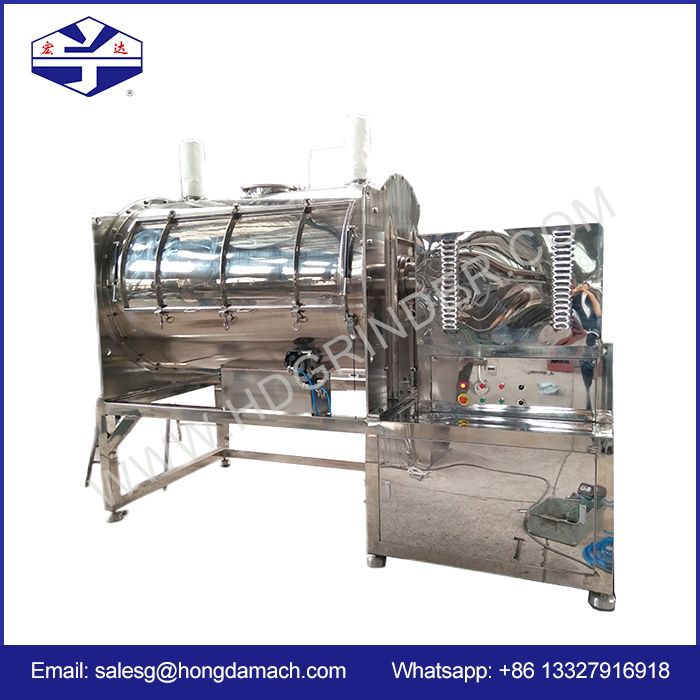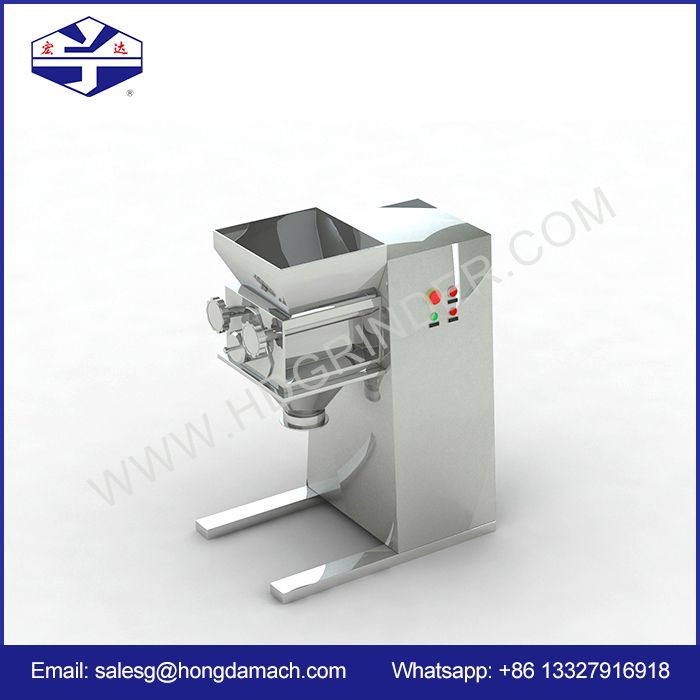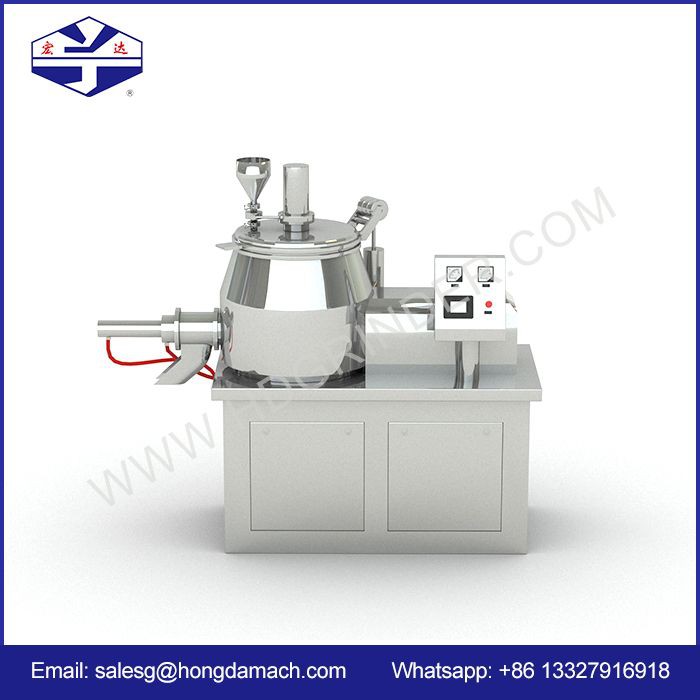1. Mixer structure
The mixer is composed of a casing, a rotor, a discharge door and a motor. The structure of the rotor determines the mixing principle. This is fully illustrated by the different mixers produced by our company in different periods. For example, the HJJ type was produced during the sixth five-year period of China. Its rotor structure is an internal and external reverse double helix, and its mixing principle is material convection. On July 5, the company introduced the foreign advanced model SLHY. In addition to convection, this type of rotor also includes the flipping principle. The structure of its helical belt is a reverse single screw, and now the popular double-shaft blade mixer in China has changed the previous mixing principle; the blades with different angles are directly crossed in the direction of rotation of the material under the action of the two main shafts Overlapping throwing and mixing; make the materials more fully and effectively mixed completely, thus greatly improving the mixing uniformity. The CV values range from less than 10% for HJJ to less than 7% for SLHY to less than 5% for biaxial, which fully demonstrates that the structure is the key to change the uniformity.
2. mixer leak
A mixer is a device for the sealing and mixing of materials prepared precisely by weighing ingredients. Therefore, leakage during the mixing process will directly reduce the mixing uniformity. Change the feed formulation, and leakage is the enemy of the mixer. However, due to factors such as the frequent opening and closing of the mixer and the fineness of the material, material leakage from the mixer frequently occurs in feed mills.
So, what factors can cause a mixer to leak? To solve this problem, we should first understand the structure of the discharge door.
When agitating the door, the seal should be close to the exit door. The opening and closing of the discharge door is mainly realized by the cylinder through the connecting rod mechanism. The pressure of the cylinder must be large enough, otherwise the discharge door cannot achieve the sealing effect, resulting in leakage.
3. mixing time
The mixing time is mainly found by the manufacturer according to different materials. The time given in the company's product brochure is for reference only.
4. blender residue
The residue of the mixer refers to the part left in the machine after the mixer is unloaded, which is mainly determined by the gap between the rotor and the tank and the size of the discharge door. This is mainly reflected in the manufacturing quality, and the maintenance is difficult. As a manufacturer, of course, the less the better, but it is unavoidable as a production unit. In this regard, the government also has regulations, that is, "2".
5. Blender Maintenance
5.1 The discharge door mechanism should be kept flexible and dust removed frequently.
5.2 Regularly replace the lubricating grease of each bearing, and the lubricating grease is sodium-based grease.
5.3 Brush the transmission chain with 30# mechanical oil, and clean the chain regularly.
5.4 The cycloid reducer has been filled with sodium-based grease when it leaves the factory. When using, customers should pay attention that there is no need to add mechanical oil. The grease should be replaced after working for 1000 hours.
5.5 Oil mist should be added to the pneumatic connector in time. The oil mist should be selected from sewing machine oil or transformer oil, and the oil collecting cup should be drained frequently.
5.6 Always check the exit door for leaks.
5.7 If there is any foreign matter in the mixer, it should be stopped immediately to remove it.








